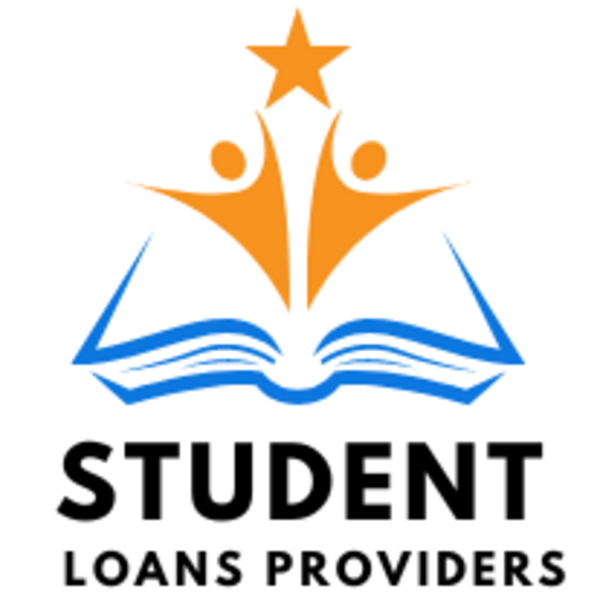For Indian students aspiring to study in the United States, scholarships can be a game-changer in making their dreams a reality. With the soaring costs of education, scholarships not only provide financial assistance but also ease the burden of student loans. In this comprehensive guide, we will delve into various avenues for Indian students to secure scholarships in the U.S. and also touch upon the crucial aspect of student loan forgiveness.
Understanding Scholarships
Scholarships are financial awards given to students based on academic achievements, extracurricular activities, community service, or specific criteria set by the awarding organization. They can cover tuition fees, living expenses, or both, depending on the terms of the scholarship.
Types of Scholarships
Merit-Based Scholarships These scholarships are awarded based on academic excellence, standardized test scores, and other achievements.
Need-Based Scholarships These scholarships are awarded to students who demonstrate financial need, usually determined through the FAFSA (Free Application for Federal Student Aid) in the U.S.
Subject-Specific Scholarships These scholarships are awarded to students based on their field of study, such as STEM (Science, Technology, Engineering, and Mathematics) scholarships or scholarships for arts and humanities.
Athletic Scholarships These scholarships are awarded to student-athletes who excel in sports, often covering tuition fees and other expenses.
How to Find Scholarships
Online Scholarship Databases Websites like Fastweb, Scholarships.com, and College Board offer extensive databases of scholarships available for international students.
University Websites Many universities in the U.S. offer scholarships specifically for international students. It's essential to check the individual university websites for scholarship opportunities and application deadlines.
Government Scholarships Governments, both in India and the U.S., offer scholarships for international students. For example, the Fulbright-Nehru Master's Fellowships for Indian citizens are funded by the U.S. government.
Private Organizations Non-profit organizations, corporations, and foundations also provide scholarships for international students. Researching and applying to these organizations can increase your chances of securing financial aid.
Tips for Scholarship Applications
Start Early Begin your scholarship search and application process as soon as possible to ensure you don't miss any deadlines.
Customize Applications Tailor your scholarship applications to meet the specific requirements and criteria outlined by each scholarship provider.
Highlight Achievements Emphasize your academic achievements, extracurricular activities, and any unique experiences that make you stand out as a candidate.
Write Compelling Essays Many scholarship applications require essays or personal statements. Take the time to craft well-written essays that showcase your personality, aspirations, and motivations.
Request Letters of Recommendation Reach out to teachers, mentors, or employers who can provide strong letters of recommendation to support your scholarship applications.
Student Loan Forgiveness
While scholarships can significantly alleviate the financial burden of studying in the U.S., many students may still need to rely on student loans to finance their education. However, it's essential to explore options for loan forgiveness to mitigate the impact of student debt.
In the U.S., several programs offer student loan forgiveness for individuals who meet specific criteria. For example, the Public Service Loan Forgiveness (PSLF) program forgives the remaining balance on federal Direct Loans after making 120 qualifying monthly payments while working full-time for a qualifying employer, such as a government organization or non-profit.
Additionally, Income-Driven Repayment (IDR) plans offer student loan forgiveness after 20 to 25 years of qualifying payments, depending on the plan. Under IDR plans, monthly payments are based on the borrower's income and family size, making them more manageable for individuals facing financial challenges.
Applying for Student Loan Forgiveness
To apply for student loan forgiveness, borrowers must meet the eligibility requirements of the forgiveness program they're applying for. This may include making qualifying payments, working in a specific field or for a qualifying employer, and submitting the necessary documentation.
It's crucial to stay informed about updates and changes to student loan forgiveness programs, as policies and requirements may evolve over time. Regularly check the official websites of loan servicers and government agencies for the latest information.
Federal Student Loans and Education Loan Forgiveness
In addition to scholarship opportunities, Indian students studying in the U.S. may also consider federal student loans to finance their education. Federal student loans offer competitive interest rates, flexible repayment options, and certain protections for borrowers.
However, it's essential to understand the implications of taking out student loans and explore options for education loan forgiveness to manage debt effectively. Several programs, such as the Public Service Loan Forgiveness (PSLF) program mentioned earlier, offer pathways to loan forgiveness for borrowers who meet specific requirements.
Understanding Student Loan Repayment
Before taking out student loans repayment, it's crucial to understand the repayment process and obligations. Federal student loans typically offer a grace period after graduation or leaving school before repayment begins. During this time, borrowers can prepare financially and explore repayment options.
There are several repayment plans available for federal student loans, including Standard Repayment, Graduated Repayment, Income-Driven Repayment (IDR) plans, and Extended Repayment. Each plan has different terms and monthly payment amounts, allowing borrowers to choose the option that best fits their financial situation.
Applying for Student Loan Forgiveness
For borrowers interested in student loan forgiveness, understanding the eligibility criteria and application process is essential. Depending on the forgiveness program, borrowers may need to work in a specific field or for a qualifying employer, make a certain number of qualifying payments, and submit documentation to prove eligibility.
It's essential to stay organized and keep track of payments, employment certifications, and other required documents to ensure a smooth application process for apply for student loans forgiveness. Seeking guidance from student loan servicers, financial aid offices, or reputable sources can help borrowers navigate the application process effectively.
Navigating Education Loan Interest Rates and Debt Relief
Interest rates on student loans play a significant role in the total amount repaid over time. While federal student loans typically offer lower interest rates compared to private loans, it's essential to compare rates and terms before borrowing.
For borrowers struggling with student loan debt, exploring options for debt relief is crucial. In addition to education loan forgiveness application programs, borrowers may consider options such as loan consolidation, refinancing, or deferment/forbearance to temporarily pause or reduce payments.
Staying Informed and Seeking Assistance
As policies and regulations surrounding student loans and loan forgiveness programs may change, it's vital for borrowers to stay informed about updates and developments. Government agencies, financial aid offices, and reputable financial resources can provide up-to-date information and guidance on managing student loan debt.
Additionally, seeking assistance from professionals, such as financial advisors or student loan counselors, can provide personalized guidance and support in navigating the complexities of student loan repayment and loan forgiveness.














